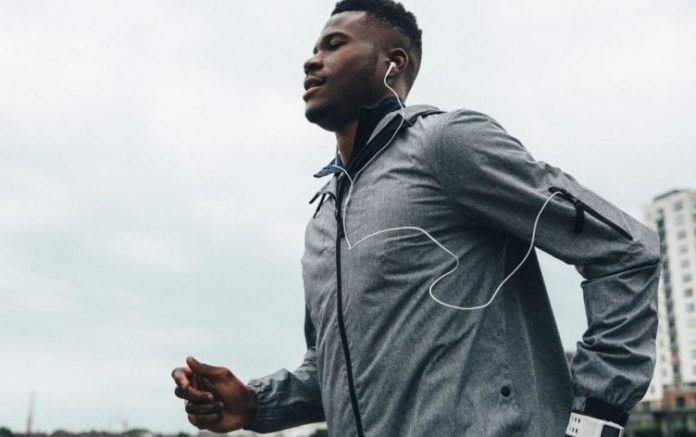
As with any new habit, whether it’s drinking more water or starting a meditation practice, learning to love running takes time. It’s pretty uncommon for things to feel effortless and breezy the first time a runner laces up, especially because there are many factors at play, from the temperature to the route.
Still, there’s no denying embracing running as a part of your regular routine has a slew of total-body benefits, including easing anxiety, weight loss and weight management. Compared to walking, running offers a greater calorie burn in a shorter time, giving it more bang for your buck if you’re looking for a quick workout.
To pick up the pace of a leisurely walk and turn it into a run (or jog), take a cue from these expert-backed strategies:
START SLOW
You don’t have to put pressure on yourself to walk out the front door and crush an Olympic-worthy 5K. Instead, kickstart your running habit by introducing jogging intervals into your regular walking routine, suggests Alyssa Kuhn, a physical therapist. “Walking 30 seconds then running for 1 minute can be a great place to start,” she adds. “This challenges your heart rate and builds endurance so you can run longer distances.”
If 60 seconds of jogging is too much, start with 15 seconds. Continue to increase the duration of the running interval and decrease the walking intervals as your fitness improves, says Kuhn.
CHOOSE THE RIGHT GEAR
When it comes to choosing the right running sneaker, it will likely be different than those meant for walking. “Some sneakers are fine for walking but provide poor support for higher intensity activity, like running,” says Brandon Nicholas, a certified personal trainer. “Pop into an athletic shoe store and consult with one of the staff,” he suggests. “They can advise whether you can keep using what you have or help you choose the right running shoe.” The same goes for layers — make sure you’re wearing sweat-wicking material to avoid chafing, which makes picking up your speed easier and more enjoyable.
ADD STRENGTH TRAINING
By picking up the pace, you’re also increasing the load on your muscles. Make sure you’re taking care of your body by adding regular strength training at least twice per week to target the posterior chain — or the backside of your body. Single-limb strength work, like deadlifts and squats, are a great place to start.
FOCUS ON CADENCE
There have been a number of studies that examine the relationship of cadence — or the number of steps you take in a minute — and injury. Research shows an increased cadence can lead to a reduction in load on the hip and knee joints, preventing common running injuries.
Of course, it’s also important to move in a way that feels comfortable and natural, says Michelle Montiel, an RRCA-certified coach and academy director at A Snail’s Pace Running Academy. “A slower cadence is typically caused by over-striding, which causes a heavier heel strike. This can lead to injury,” she says, adding that, ideally, you’re running at a cadence between 160–180 steps per minute.
“You can use a fun music mix with roughly these beats per minute to stay on track,” she suggests. “A quicker cadence doesn’t require more effort; it’s just a shorter stride length. Most people actually become quicker with less effort.”
SET A SMART GOAL
Having a goal boosts motivation when you’re trying to increase your running frequency. For example, setting a goal of 5 miles a week for the first 2–3 weeks is a good place to start depending on your fitness level, says Kuhn. “This gives you a tangible goal to help you stick with a training plan. Once you can consistently reach that distance, you can increase the goal depending on how your body responded and recovered,” says Kuhn. A good rule of thumb is to increase your distance by no more than 10% of the previous week’s total.
Make progress every day while you work on fitness and nutrition goals, like walking more steps. Go to “Plans” in the MyFitnessPal app for daily coaching and easy-to-follow tasks to keep you motivated.















